What Nd Filter For Partial Cloud ?
For partially cloudy conditions, a neutral density (ND) filter with a medium density would be suitable. A filter with an ND value of around 0.6 (2 stops) or 0.9 (3 stops) would help to balance the exposure between the bright areas of the sky and the darker areas on the ground. This would prevent overexposure of the sky and retain details in the clouds while properly exposing the rest of the scene.
1、 ND filter for partial cloud photography: Recommended filter strengths and usage.
ND filters, or neutral density filters, are essential tools for photographers looking to control the amount of light entering their camera lens. When it comes to partial cloud photography, choosing the right ND filter strength is crucial to achieve the desired effect.
For partial cloud photography, where the clouds are not too dense but still present in the frame, a medium-strength ND filter is recommended. A filter with a strength of around ND4 to ND8 should be sufficient to balance the exposure between the sky and the landscape. This will help prevent overexposure of the sky while retaining detail in the clouds.
The exact strength of the ND filter will depend on the lighting conditions and the desired effect. If the clouds are particularly bright or the scene is backlit, a stronger ND filter may be necessary to achieve the desired balance. On the other hand, if the clouds are relatively dark or the scene is front-lit, a lighter ND filter may be sufficient.
It's important to note that the choice of ND filter strength also depends on personal preference and the creative vision of the photographer. Some photographers may prefer a more dramatic effect with darker skies and more pronounced cloud movement, while others may opt for a more subtle effect.
As technology advances, new types of ND filters are being introduced to the market. Variable ND filters, for example, allow photographers to adjust the strength of the filter by rotating it, providing greater flexibility in different lighting conditions.
In conclusion, for partial cloud photography, a medium-strength ND filter, such as ND4 to ND8, is recommended. However, the choice of filter strength ultimately depends on the specific lighting conditions and the desired creative effect.
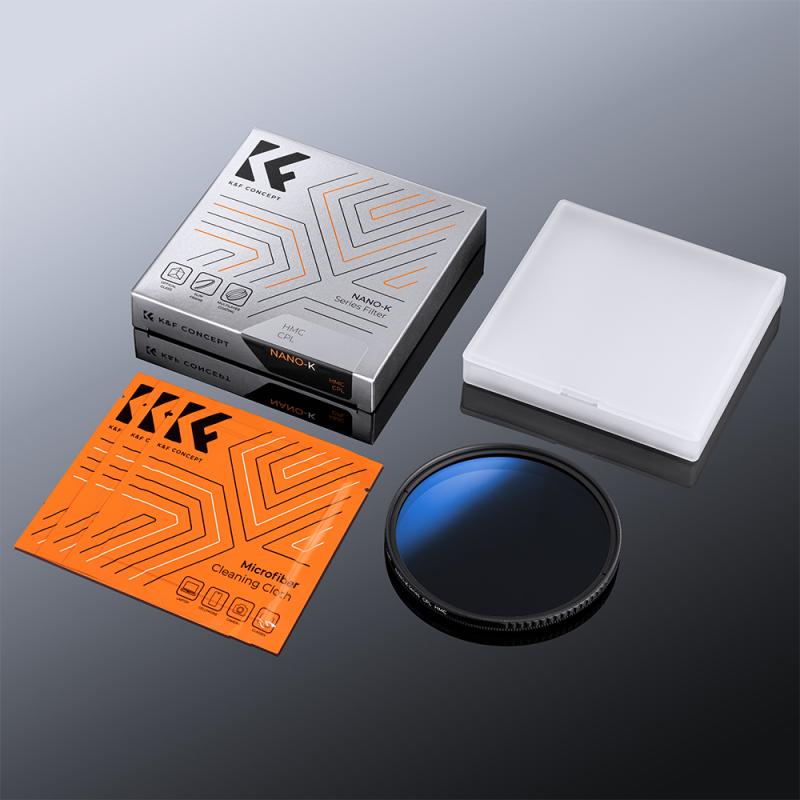
2、 Choosing the right ND filter for capturing partial cloud scenes.
Choosing the right ND filter for capturing partial cloud scenes can greatly enhance the overall quality and aesthetics of your photographs. The purpose of an ND filter is to reduce the amount of light entering the camera, allowing you to use longer shutter speeds or wider apertures without overexposing the image. This is particularly useful when shooting in bright conditions or when you want to create motion blur effects.
When it comes to capturing partial cloud scenes, the choice of ND filter depends on the specific effect you want to achieve. If you want to emphasize the movement of the clouds and create a sense of drama, a higher density ND filter such as a 6-stop or 10-stop filter would be ideal. These filters will allow you to use longer shutter speeds, resulting in streaks or trails of clouds across the sky.
On the other hand, if you want to retain some detail in the clouds while still achieving a slight motion blur, a lower density ND filter like a 2-stop or 3-stop filter would be more suitable. This will allow you to capture the movement of the clouds while maintaining some clarity and texture.
It's important to note that the choice of ND filter also depends on the lighting conditions and the desired exposure settings. If the clouds are particularly bright and the rest of the scene is relatively dark, you may need a stronger ND filter to balance the exposure. Conversely, if the clouds are darker and the scene is well-lit, a lighter ND filter may be sufficient.
In conclusion, choosing the right ND filter for capturing partial cloud scenes involves considering the desired effect, lighting conditions, and exposure settings. Experimenting with different filter densities will help you achieve the desired balance between cloud movement and detail.
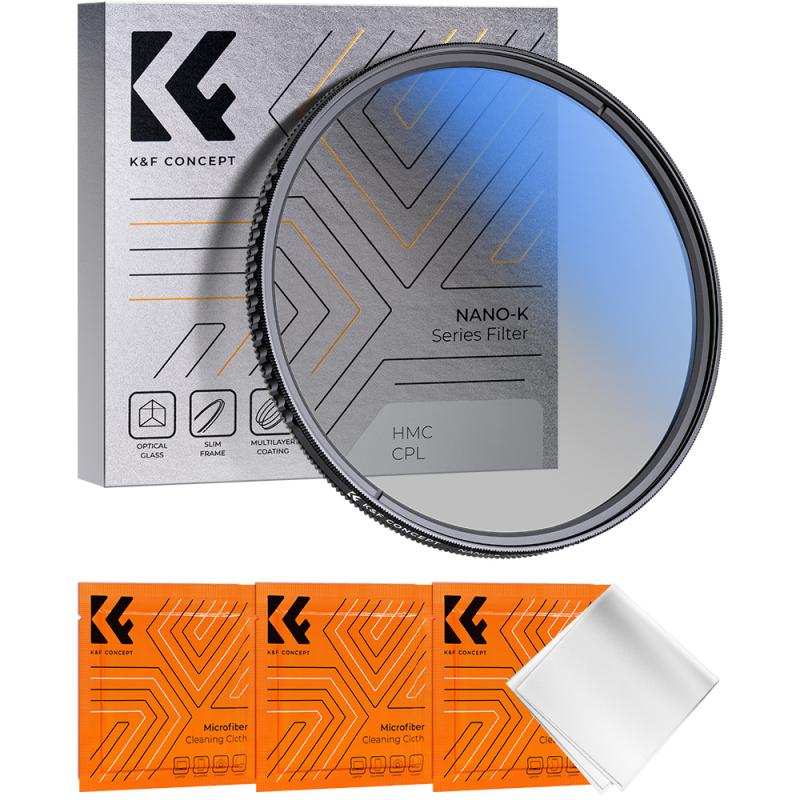
3、 Understanding ND filter options for photographing partially cloudy skies.
Understanding ND filter options for photographing partially cloudy skies can greatly enhance your photography skills and help you capture stunning images. When it comes to choosing the right ND filter for partially cloudy conditions, there are a few factors to consider.
Firstly, it's important to understand that ND filters are used to reduce the amount of light entering the camera, allowing you to use longer shutter speeds or wider apertures. This is particularly useful when photographing partially cloudy skies, as it helps to balance the exposure between the bright areas of the sky and the darker areas of the clouds.
The strength of the ND filter you choose will depend on the lighting conditions and the effect you want to achieve. For partially cloudy skies, a medium-strength ND filter, such as a 2-stop or 3-stop filter, is often sufficient. This allows you to capture the details in both the sky and the clouds without overexposing the highlights.
However, it's worth noting that the choice of ND filter also depends on personal preference and the specific look you want to achieve in your photographs. Some photographers may prefer a stronger ND filter, such as a 6-stop or 10-stop filter, to create a more dramatic effect by lengthening the exposure time and blurring the movement of the clouds.
Ultimately, the best ND filter for partially cloudy skies will vary depending on the specific lighting conditions, the desired effect, and your personal style as a photographer. Experimenting with different filter strengths and techniques will help you find the perfect balance and capture breathtaking images of partially cloudy skies.
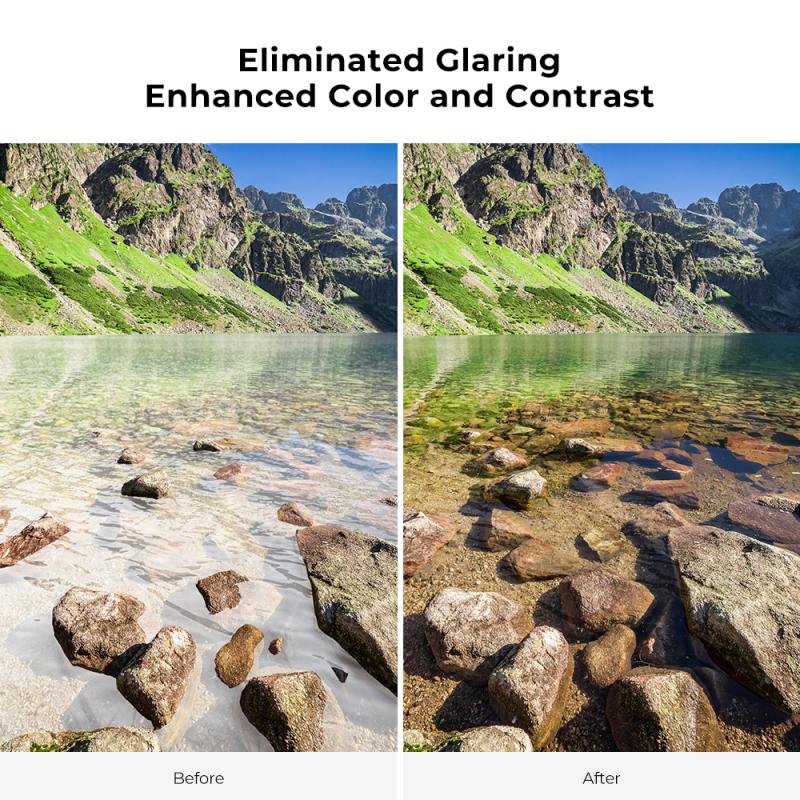
4、 Enhancing partial cloud photography with the appropriate ND filter.
Enhancing partial cloud photography with the appropriate ND filter can greatly improve the overall quality and aesthetics of your images. When it comes to capturing partial cloud formations, it is important to choose the right ND filter to achieve the desired effect.
Partial cloud photography often involves capturing the contrast between the bright sky and the partially covered clouds. To balance the exposure and prevent overexposure of the sky, a neutral density (ND) filter is essential. The purpose of an ND filter is to reduce the amount of light entering the camera, allowing for longer exposure times without affecting the color balance.
When selecting an ND filter for partial cloud photography, it is crucial to consider the density or strength of the filter. The density of an ND filter is measured in stops, indicating the amount of light it blocks. For partial cloud photography, a medium to high-density ND filter, such as a 6-stop or 10-stop filter, is often recommended. This allows for longer exposure times, resulting in smoother and more dramatic cloud movements.
Additionally, the choice of ND filter also depends on the specific lighting conditions and the effect you want to achieve. For example, if you want to capture more details in the clouds and emphasize their texture, a lower density ND filter, such as a 3-stop filter, might be more suitable.
It is worth noting that the latest point of view in partial cloud photography is to experiment with different ND filters and exposure times to create unique and artistic effects. Some photographers even combine multiple exposures with different ND filters to create a composite image with enhanced cloud formations and dynamic skies.
In conclusion, enhancing partial cloud photography with the appropriate ND filter is crucial to achieve balanced exposures and capture the beauty of the clouds. The choice of ND filter depends on the desired effect, lighting conditions, and personal preference. Experimentation and creativity are key to capturing stunning partial cloud images.
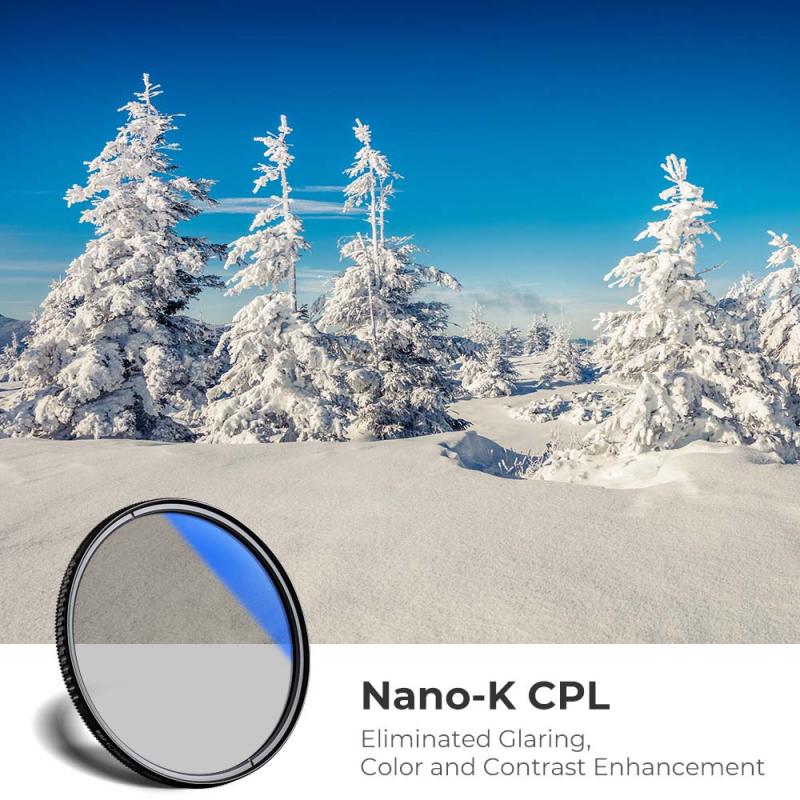


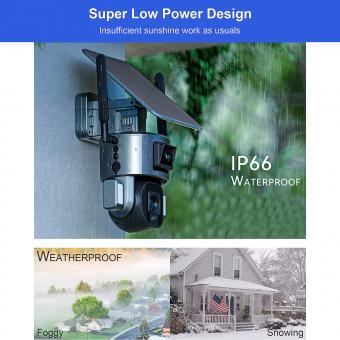



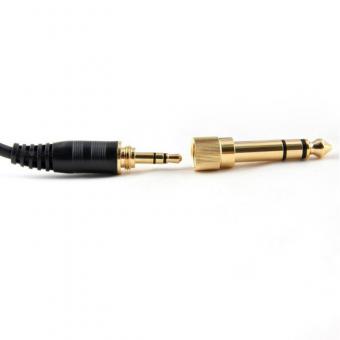











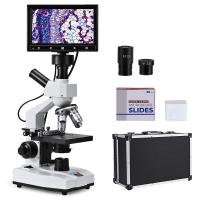
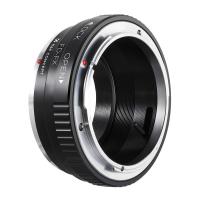

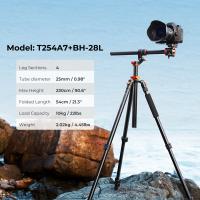



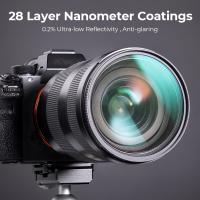
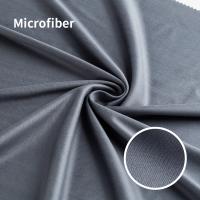

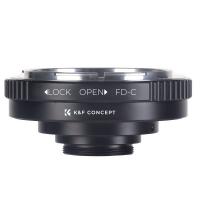

There are no comments for this blog.